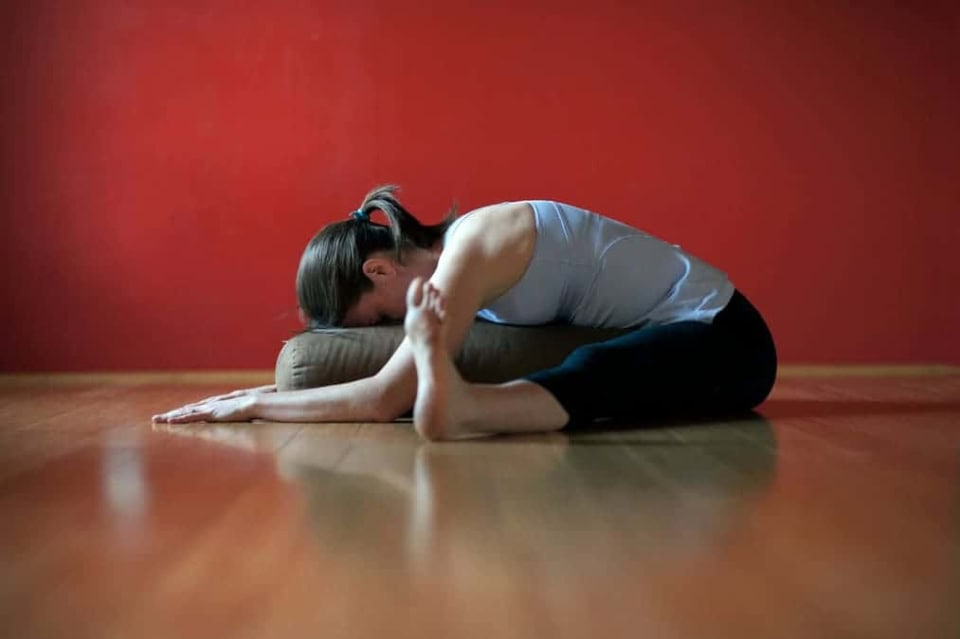
Back to blog
10 Ways to Calm the Nervous System with Polyvagal Theory
Take the first step towards healing
Our professional therapists offer in-person sessions in Victoria and online counselling across BC. Reach out today and take the first step toward a healthier, brighter future.
